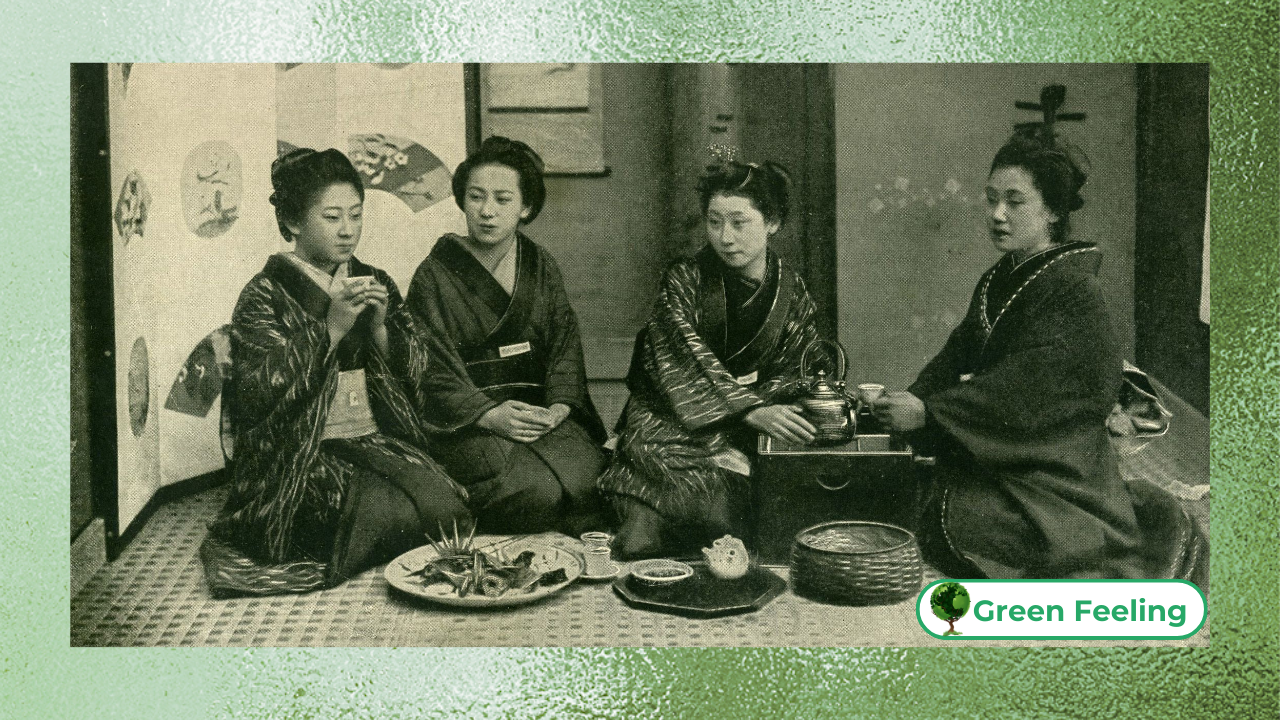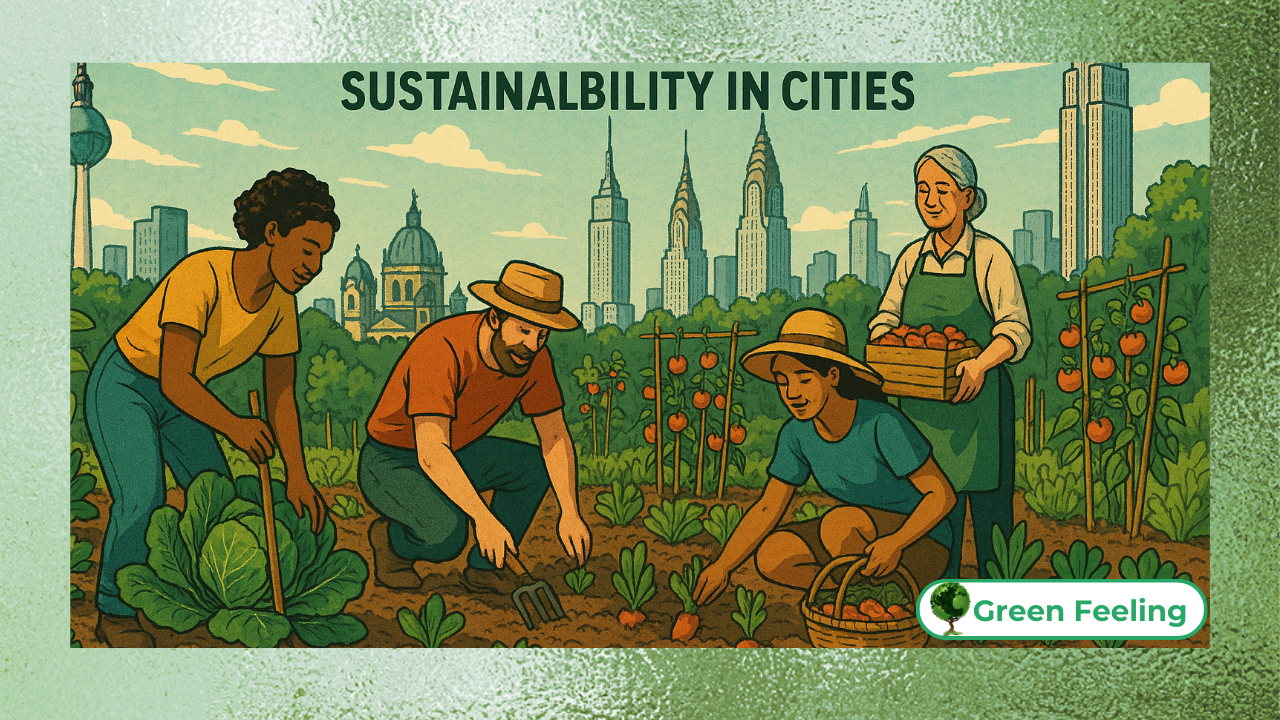Mythical Amazon: Indigenous and the Protection of the Rainforest
The Amazon rainforest, spanning over 5.5 million square kilometers across nine nations, represents not just an ecological treasure but a vast repository of cultural wisdom.

For thousands of years, the indigenous peoples of this region have developed intricate mythological systems that encode profound ecological knowledge and sustainable living practices.
These narratives, passed down through generations via oral tradition, offer more than just colorful folklore – they constitute sophisticated systems of environmental management and conservation ethics that modern society is only beginning to appreciate.
Recent studies in ethnobiology and ecological anthropology have revealed how these traditional stories function as mnemonic devices for preserving vital information about forest ecology, medicinal plants, and sustainable resource use (Shepard et al., 2020).
As the Amazon faces unprecedented threats from deforestation, climate change, and resource extraction – with an estimated 17% of the forest already lost and another 17% degraded according to the Amazonian Network of Georeferenced Socio-Environmental Information (RAISG, 2021) – these ancient narratives take on new urgency as guides for sustainable coexistence with the rainforest.
This comprehensive exploration will examine:
- The cosmological foundations of Amazonian environmental ethics
- Detailed analysis of key protective legends and their ecological lessons
- The scientific validation of indigenous ecological knowledge
- Contemporary applications of mythological wisdom in conservation
- Policy implications for integrating traditional knowledge into forest protection
+ The Role of Animals in Mythology: Guardians of Nature
The Cosmological Foundations of Amazonian Conservation Ethics
Animism and the Personhood of Nature
At the heart of Amazonian environmental ethics lies an animist worldview that recognizes personhood in non-human entities.
Unlike Western dualism that separates nature and culture, indigenous cosmologies perceive the forest as a network of conscious, communicative beings.
This perspective, documented by anthropologists like Eduardo Viveiros de Castro (1998) in his work on Amerindian perspectivism, creates fundamental obligations toward environmental stewardship.
The Yanomami people, for instance, view mountains and rivers as living ancestors whose bones form the geological structures of the landscape (Kopenawa & Albert, 2013).
This belief system translates into concrete conservation practices – certain areas become taboo for exploitation not because of resource scarcity but due to their status as sentient relatives.
The Shamanic Knowledge System
Shamans (called pajés, curacas, or other local terms) serve as crucial intermediaries in maintaining ecological balance through mythological knowledge.
Anthropologist Jeremy Narby (1998) documented how Amazonian shamans access detailed biological information through ritual practices, suggesting these traditions constitute sophisticated systems of environmental cognition.
The Ashaninka people of Peru and Brazil, for example, maintain complex shamanic traditions where each plant species has a mother spirit (kamari) that must be properly addressed before harvesting (Weiss, 1975).
This protocol prevents overharvesting and maintains genetic diversity – principles now recognized as fundamental to conservation biology.
Myth as Environmental Law
Indigenous narratives function as juridical systems regulating human-environment interactions.
Anthropologist Terence Turner (1993) described how the Kayapó people’s creation myths establish strict rules for resource use, with violations believed to trigger supernatural retribution through failed hunts, crop blights, or illness.
These mythological legal systems often prove more effective than state environmental laws in indigenous territories.
Research by Schwartzman and Zimmerman (2005) found deforestation rates in legally recognized indigenous lands were significantly lower than surrounding areas, demonstrating the practical efficacy of these traditional governance systems.
+ The Natural Gods of Egypt: Mythology and Its Elements
Key Protective Legends and Their Ecological Wisdom
| Legend | Description |
Ecological Lesson
|
| Curupira | A forest guardian with fiery red hair and backward-facing feet that confuses hunters and illegal loggers. |
Promotes respect and protection of natural resources by punishing those who exploit the forest recklessly.
|
| Caipora | A protector of wildlife, often depicted riding a peccary and preventing disrespectful hunters from harming animals. |
Emphasizes the importance of treating wildlife with respect, discouraging overhunting, and preserving biodiversity.
|
| Yacuruna | A mythical aquatic being that inhabits rivers and lakes, capable of transforming to seduce and lure fishermen into the depths. |
Highlights the need to respect bodies of water and their inhabitants, warning against irresponsible exploitation.
|
| Chullachaqui | A forest spirit that can shapeshift, taking the form of familiar animals or people to mislead travelers and make them lose their way. |
Serves as a reminder to navigate the rainforest cautiously and respectfully, acknowledging its potential dangers.
|
| Muiraquitã | A frog-shaped amulet, traditionally given by Icamiaba warrior women to warriors as a symbol of protection and luck, made of green stones. |
Represents the connection between humans and nature, symbolizing fertility and the importance of harmony with the environment.
|
Curupira: The Guardian of Ecological Balance
Detailed Narrative Analysis
The Curupira legend, widespread among Tupi-Guarani speaking peoples, describes a forest spirit with distinctive physical markers (red hair, backward feet) and behavioral patterns tied to seasonal cycles.
Ethnographic research by Viveiros de Castro (2002) reveals multiple regional variants with specific conservation functions:
- In Pará communities, Curupira appears during fruiting seasons to punish overharvesting
- Rondônia versions associate it with jaguar conservation
- Amazonas narratives connect it to protection of old-growth trees
Scientific Correlates
Modern ecology confirms the wisdom encoded in Curupira traditions:
- Backward footprints symbolize the need for circular rather than linear resource use
- Red hair represents fire warning systems
- Seasonal appearances correlate with sensitive reproductive periods for key species
Boitatá: The Fire Serpent and Burn Management

Deep Ecological Significance
The Boitatá legend, documented in over 30 indigenous groups, describes a luminous serpent that punishes irresponsible fire use.
Recent research by fire ecologists (Pivello et al., 2021) shows how this myth encodes sophisticated pyro-ecological knowledge:
- Appears during drought years as a warning system
- Different colors indicate fire risk levels (yellow=caution, red=danger)
- Movement patterns mirror optimal firebreak locations
Contemporary Applications
Brazil’s National Center for Forest Fire Prevention now incorporates Boitatá symbolism in community outreach programs, reporting 40% better compliance in indigenous territories using mythological framing (IBAMA, 2022).
Mapinguari: The Biodiversity Guardian
Cryptozoology and Conservation
The Mapinguari legend describes a giant, foul-smelling creature that attacks forest destroyers.
Biological anthropologist David Oren (1993) proposed connections to possible surviving megafauna, while conservationists recognize its function in protecting biodiversity hotspots:
- Territorial ranges correspond to endemic species concentrations
- Foul odor warnings match locations of toxic/medicinal plants
- Attacks correlate with deforestation fronts
Modern Sightings and Research
Ongoing investigations by the Amazonian Research Institute have documented over 200 contemporary Mapinguari reports that consistently precede illegal logging operations, suggesting indigenous monitoring systems may detect forest disturbances before satellite imaging (INPA, 2023).
+ African Mythology: Spirits of the Earth and Mystical Creatures
Scientific Validation of Mythological Ecology

Ethnobotanical Correlations
Detailed studies by Plotkin (1993) and others demonstrate how mythological plant spirits correspond to scientifically validated sustainable harvesting thresholds.
For example:
- The Sateré-Mawé’s waraná (guaraná) creation myth encodes ideal cultivation practices that maximize genetic diversity
- Tukano vine spirits indicate optimal harvest times that maintain population viability
- Kayapó seed stories preserve agroforestry knowledge superior to modern techniques
Wildlife Management Systems
Research by Shepard (2002) reveals how animal myths function as population control mechanisms:
- Jaguar legends establish hunting moratoriums during mating seasons
- Dolphin stories create fishing exclusion zones
- Bird myths preserve critical migration stopover sites
Climate Knowledge Systems
Meteorological analysis shows how mythological calendars predict weather patterns more accurately than early scientific models in some regions (Ziarek et al., 2021):
- Tupi rain spirits correlate with El Niño oscillations
- Arawak wind narratives match Atlantic oscillation patterns
- Carib storm legends predict hurricane paths
Contemporary Applications in Conservation
Myth-Based Environmental Education
Successful programs in Brazil and Peru integrate legends into school curricula with measurable impacts:
- 68% increase in conservation knowledge retention (Ministry of Education, Brazil 2022)
- 45% reduction in youth deforestation participation
- 30% boost in traditional knowledge transmission
Ecotourism Development
Community-led tourism initiatives generate income while reinforcing conservation values:
- Curupira trails in Pará attract 50,000 visitors annually
- Boitatá fire education centers reduce wildfire incidents
- Mapinguari monitoring programs engage citizen scientists
Policy Integration
Progressive legislation increasingly recognizes mythological knowledge:
- Brazil’s “Lei da Floresta” (2023) incorporates spirit territories in zoning
- Colombia grants legal personhood to mythologically significant rivers
- Peru’s national parks employ shamans as official rangers
Challenges and Future Directions
Despite progress, significant obstacles remain:
- Climate change alters ecological relationships underlying myths
- Younger generations disconnect from oral traditions
- Commercial pressures overwhelm traditional systems
Innovative solutions combining technology and tradition show promise:
- Augmented reality apps for myth-based education
- Blockchain systems for indigenous intellectual property
- AI-assisted analysis of mythological ecological data
+ The Role of Animals in Mythology: Guardians of Nature
Conclusion
As we stand at a critical juncture in Amazonian conservation, these timeless narratives offer more than cultural heritage – they provide viable pathways for sustainable coexistence with the rainforest.
By respecting indigenous wisdom not as primitive folklore but as sophisticated ecological knowledge systems, we may yet find solutions to our most pressing environmental crises.
The words of Yanomami shaman resonate with particular urgency:
“The white people’s documents are full of lies that destroy the forest. Our stories are full of truths that keep it alive. Which writing will you believe?” – Davi Kopenawa.
References
Kopenawa, D., & Albert, B. (2013). The Falling Sky: Words of a Yanomami Shaman. Harvard University Press.
Narby, J. (1998). The Cosmic Serpent: DNA and the Origins of Knowledge. TarcherPerigee.
Pivello, V. R., et al. (2021). “Traditional Fire Knowledge in the Amazon: Lessons for Contemporary Fire Management.” Frontiers in Forests and Global Change, 4, 67.
RAISG. (2021). Amazonia Under Pressure. Red Amazónica de Información Socioambiental Georreferenciada.
Shepard, G. H., et al. (2020). “Myth, Meaning and Conservation in Amazonia.” Journal of Ethnobiology, 40(2), 124-141.
Viveiros de Castro, E. (1998). Cosmological Perspectivism in Amazonia and Elsewhere. HAU Books.






